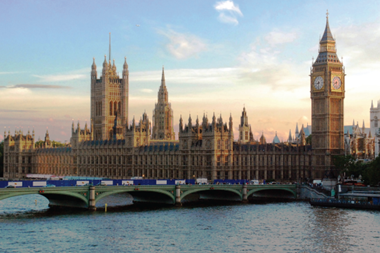NETHERLANDS - Pension funds could be forced to increase their pension contributions further in a bid to meet the recovery plans rules of regulator De Nederlandsche Bank, consultancy firm Hewitt Associates has suggested.
DNB has stressed in its instructions for recovery plans that pension premiums should also be used to fill a gap in the situation of a funding or reserves shortfall.
Hewitt notes a number of pension funds apply a so-called ‘buffered costs-covering’ contribution - based on expected returns, instead of on the current yield curve - to avoid volatility in their year-on-year contributions.
“Quite a few schemes have based their premiums on a return on investments of 5%, while the DNB-prescribed yield curve is 3.5%,” explained Arnold Jager, consultant at Hewitt.
“Since the DNB wants contributions to be at least 105% of the scheme’s costs level in case of a funding shortfall, the buffered costs-covering premiums would not be sufficient, even if they already have a solvency surcharge of 20%,” added Jager.
The consultancy has suggested pension funds in this situation will need to raise their contributions by as much as 10%, in order to meet the DNB’s requirements.
In Jager’s opinion, lowering participants’ pension claims is the other alternative to meet the recovery target. However, he also indicated companies and pension funds’ boards are unlikely to will choose the discount option.
The average cover ratio of Dutch pension funds is 101% at present, according to Hewitt, yet the financial assessment framework (FTK) prescribes a cover ratio of at least 105%.
Frans Prins, director of the Foundation of Company Pension Funds (OPF), indicated it was still too early to know as recovery plans can be submitted until 1 April 2009.














No comments yet